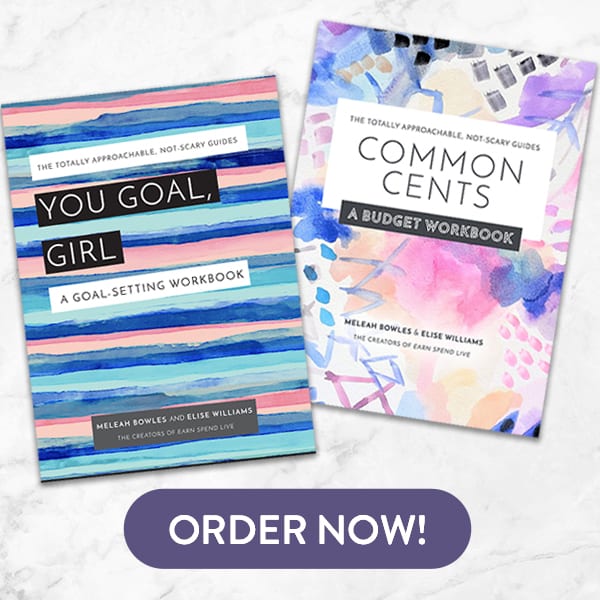The College Girl’s Guide to Creating a Resume

Creating a kick-ass resume is an essential business skill, but it isn’t something we were ever actually taught in school. How are they supposed to be formatted? Which activities should I include? Many of us go to college never having made a resume and then feeling overwhelmed when it comes time to send them out.
But fear not, I’m here to tell you that it’s not as intimidating as it looks or sounds and everyone has the potential to create a killer resume. Here’s everything you need to know in order to churn out a fantastic resume in college.
Building Your Resume
Keep in mind that when you’re applying for a work position, internship, scholarship, or asking someone to write you a recommendation, you’re trying to put your best foot forward. Oftentimes you don’t meet the person who’s hiring you or choosing which candidate is best before they look at your resume. A resume is basically a glorified brag sheet, and knowing the perfect balance between over-embellishing and under-embellishing is crucial.
The first thing you should start thinking about is which accomplishments do you consider your greatest? What are the awards or activities you’re most proud of? After you’ve come up with a solid list, narrow them down based on who you’re sending your resume to. So if you’re making a resume for a sorority, you’ll include more volunteering and leadership roles, whereas if you’re looking for a scholarship, you’ll add more employment experience and academic achievements.
I wasn’t a very organized person throughout most of high school, so when it came down to writing my first resume, I was overwhelmed. I hadn’t kept a record of the things that I’d done, hours I’d worked, or even how long I’d participated in activities. This caused me to spend multiple days trying to recall all of the things I’d accomplished, and details about them I really didn’t know. So take my advice when I say that you should start making a list—either on the computer or paper—of activities, employment, awards, community service, anything! It’ll reduce stress in the long run and updating your resume over the years will be a breeze.
If you’ve racked your brain and can only come up with a handful of things you’ve done that would stand out, don’t freak out! Most people who are either going into college or are a few years in don’t have a decorated resume because we just haven’t been around long enough to move mountains. If you’re one of these people struggling to remember things that can make you stand out, try to do unique activities and apply for interesting internships or scholarships to diversify. It’s really never too late to get involved with clubs and communities that’ll create a knockout resume, you just have to have the motivation to do it.
Structuring Your Resume
A resume is usually pretty streamlined. You’re typically required to include certain things such as GPA, email, address, community service, employment, and honors and awards. Because you know you’re going to have to have these in your resume, go ahead and put them down to give you a foundation to build off of. The hardest part about writing is the beginning; once you have an introduction or a structure for your piece (or resume), it’s much easier to write.
Try to limit your resume to one page. Why? Because A) No one wants to read an insanely long resume and yours will probably be tossed aside if it looks like too much work and B) Because you’re not supposed to include every little thing you’ve ever done in your life. A resume is supposed to highlight the important things you’ve done in life, not give a detailed account from middle school to now. Keep it clear, concise, and to-the-point.
Most often, you’ll organize your items by year with the most recent at the top and the oldest at the bottom—but there can always be an exception. Sometimes you’ll have a really impressive activity or accomplishment that you want whoever is reading your resume to see right off the bat. In this case, you should put that at the very top of your list and then go back to the normal format. This is a good technique to use when you’re applying for something that’s either very competitive or has tons and tons of applicants. If the person in charge of selection only reads the first few bullets from each category, you want to make sure they see your best achievements.
Although objectives are the go-to for resumes, resume summaries are becoming increasingly popular. Summaries shouldn’t be more than three to five sentences. Use this space to talk about what you’re currently doing (whether that be work or school), and you can even throw in some of your goals.
Designing Your Resume
Now I know that some of you are going to want to use a curly-cue font with flowers around the border and five different colors for each section, BUT please, resist the urge. A resume should be professional—and unless it’s specifically stated that you need to make it creative, keep things simple. Now I’m not saying you have to use Arial size 12 font with no border or flair—although if that’s what you like by all means go ahead—I’m just saying that there’s a fine line between cute and childish.
Having a super intricate resume isn’t going to give you a leg up in most fields and with most scholarship committees, so it’s really not worth spending the time on. I would recommend using an easy-to-read font for your bullet points. You can vary when it comes to your headings, like “community service” or “employment” if you’d like, but make sure it’s all copacetic—I would even suggest either bolding or underlining these to show distinction. Make sure that if you’re putting dates beside your items that they match up in a line, otherwise it’ll look sloppy and unprofessional.
In short, your resume should look and read like something you’d be proud to show to the most professional and successful person you know (you might even send them a copy for review before you submit it to your committee, school, or job). It should be an accurate representation of the involved, driven person that you are—and if it’s not, today is a good day to start changing that.
Follow Anna on Instagram: @annamariedepoyster
Last modified on August 8th, 2018






Show Comments +